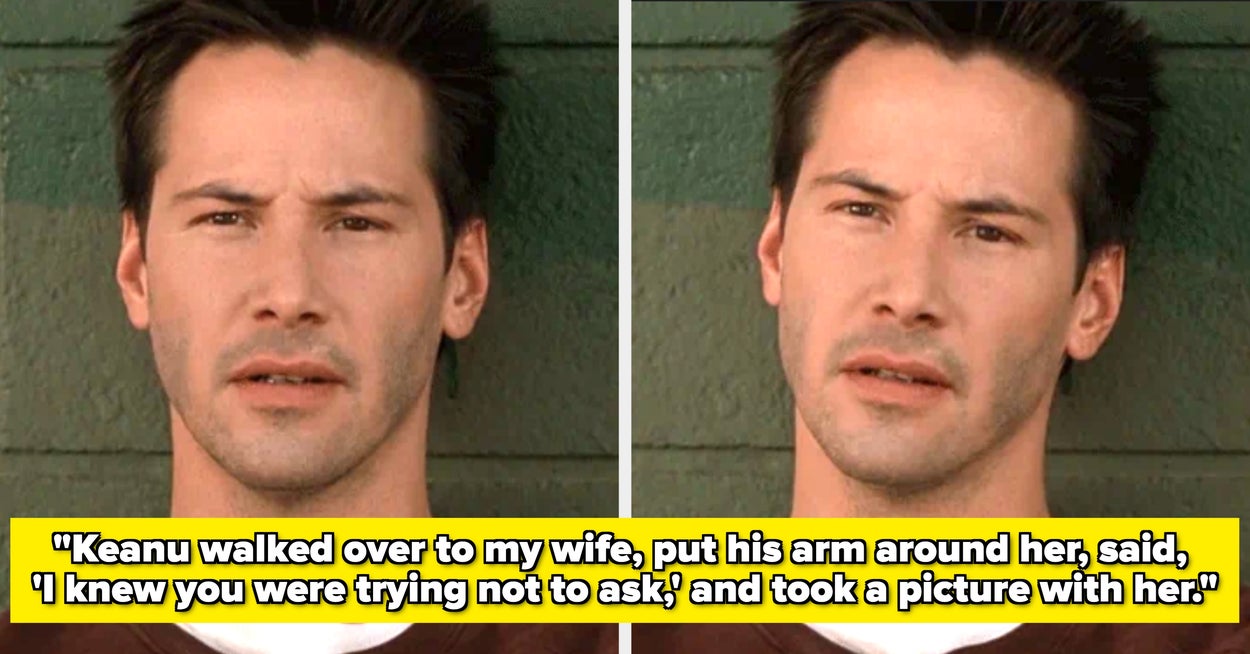
Hundreds of pigeons emerge from a slim opening in a backyard shed outfitted into a coop, their heads bobbing as their owner, Wilberto Aponte out, shoos them out, gruffly urging them to fly.
In a furious flurry, more than 200 homing pigeons take off, Aponte’s words muffled by the flapping of gray wings. They take to the sky, looping in wide circles above their home roost. Over the next half hour, those loops shrink as the flock makes its way back to land, and Aponte and his friend Victor Pagan call the pigeons home.
“Get in, get in, get in,” they cry in a sing-song falsetto.
The flight is just part of Aponte’s training for the racing season. Aponte, who is retired, is the president of the Connecticut Classic Pigeon Club, which has about 60 members, mostly in the New Britain, Hartford and New Haven areas. It’s one of a few pigeon racing clubs across the state.
The season began late last month with a race in upstate New York. The participating pigeons were trucked to the start, then released. From there, they flew nearly 100 miles to their homes.
Club members use trackers and a formula to determine how far and how fast each pigeon flew and to assign the birds their points. The owner with the most points wins. There are 10 races each season for the club. The number of birds allowed in each race varies depending on the number of owners participating and the size of the truck to haul birds. The season lasts from August to October.
“You can also lose your wife and your kids because with the pigeons, once you get addicted, just like any other hobby, it takes your time,” Aponte said. “The new guys get excited. They start with, say, 10 pigeons, and once they win a race, that’s it. The next year, they got 100 pigeons. Something kicks in.”
When U.S. Army paratroopers, dropped behind enemy lines and cannot use radio communication for fear of revealing their positions, they used trained pigeons that were also dropped by parachute in special containers or pigeons strapped to their chests.
For centuries, pigeons and humans have been closely intertwined. The birds make homes in the nooks and crannies of buildings, eat grains and trash and are sometimes fed by human tourists or “pigeon mothers,” who make a habit of feeding them, often in city parks.
Pigeons were first domesticated thousands of years ago by the Mesopotamians and Egyptians.
People have used them as food, to carry messages and to learn the inner workings of genetics. They were used as messengers in both world wars and, in an experimental World War II project, to detonate missiles with their beaks. Charles Darwin studied them to write his “On the Origin of Species,” and the children’s toy G.I. Joe is named after a pigeon killed in the line of duty during World War II.
Homing pigeon racing hit a peak in the 1980s in Brooklyn and was made famous in part because of Mike Tyson’s interest in the sport. Some races are up to 500 miles, and pigeon owners can earn thousands in winnings. Researchers debate how the birds find their way home from such long distances, but most say it’s some combination of using the earth’s magnetic field, recognizing landmarks and their sense of smell.
Raising pigeons
Aponte and Pagan grew up just a few blocks from each other in eastern Brooklyn, during the heyday of pigeon racing. During that time, in addition to racing the pigeons, people would wander the city or wait on their rooftops to try to catch other people’s pigeons to sell.
“My father didn’t like it,” Aponte said. “He used to see that we used to get up early in the morning and try to catch other people’s pigeons. So then he used to get up earlier than us, because he was already up at five o’clock to go to work. He started going up in the backyard, and he started watching us … And then he got hooked on it himself.”
Aponte started raising pigeons on the roof of his family’s Brooklyn apartment when he was 12. He and his older brother would rise early to feed the birds.
At first, they kept it a secret between brothers, and when their father found out, he made them move the operation to a backyard coop. They’d get up early in the morning to travel to the other side of Long Island and buy birds, typically for $1.25 each.
As their business grew, every Sunday, they returned with about 200 birds to sell to neighbors, earning about 75 cents per bird.
Meanwhile, at 5 years old, Pagan found a pigeon with a broken wing. He decided to capture it and nurse it back to health. That first bird was more of a pet — Pagan put a collar on it and took it for walks around the neighborhood. Over time, he and his brothers’ interest in pigeons grew, as did their new flock of racing birds.
“I grew up with it,” Pagan said.
Their neighborhoods at the time were rough, Pagan and Aponte said. They watched many friends join gangs, start using or dealing drugs and eventually die young, violent deaths.
“Eventually you’re going to get caught in the system, and boom,” Pagan said. “It kept me from that.”
For Aponte, the interest never waned. He kept raising pigeons throughout his childhood, into adulthood. When he moved to New Britain, he was able to expand the number of birds he kept. Now he has about 200.
He keeps track of them based on the numbers attached to small bands around their legs, and it is clear: they’re not pets. He treats the birds well, but it’s more about the sport than emotional connection.
When his daughter was young, he let her keep one pigeon as a pet. The pigeon, named Tony, sat on his daughter’s shoulder while she moved through the house, dove into the suds while she washed dishes and defended her from any other animals he saw as threats that entered the yard.
In the early 2000s, Pagan moved to New Britain. He’d given up pigeon racing in his youth, but his brother had kept going. After his brother’s 2022 death, Pagan reluctantly gave away the last of the family’s flock. He didn’t know what to do with them or whether there would be a community of other pigeon people in New Britain to embrace him.
Over the next months, Pagan noticed a trend in the sky above his house. A flock of pigeons swooped in wide circles over the neighborhood, and he even saw the telltale “dropper pigeon,” or the pigeon that stays home until its racing friends draw close, then flies up and down swiftly to show them the way home and speed up their landing.
These weren’t the gray creatures that gather on sidewalks, littering New York City buildings in poop. These were larger, more graceful birds. These were racing pigeons. He decided to follow them home one day, tracing where their soaring loops ended, to find himself at Aponte’s house.
“I want to see my pigeon coming home. I want to see my training and how I train my birds to become champions,” Aponte said.
And he’s bred his birds to be champions. The process is a combination of science and instinct. The pigeon owners hope the hatchlings get larger, stronger wings, prettier colors. Some breeders say the birds’ eye color is the best way to tell a champion from the rest, but Aponte and Pagan disagree.
It’s all in the wings, the way they hold themselves, they say. And stretching out one of Aponte’s bird’s wings, allowing the light to filter through the black and white bars across its feathers, the men agree. This is a good racing bird.
Ginny Monk is a reporter for The Connecticut Mirror (https://ctmirror.org/ ). Copyright 2025 © The Connecticut Mirror.



